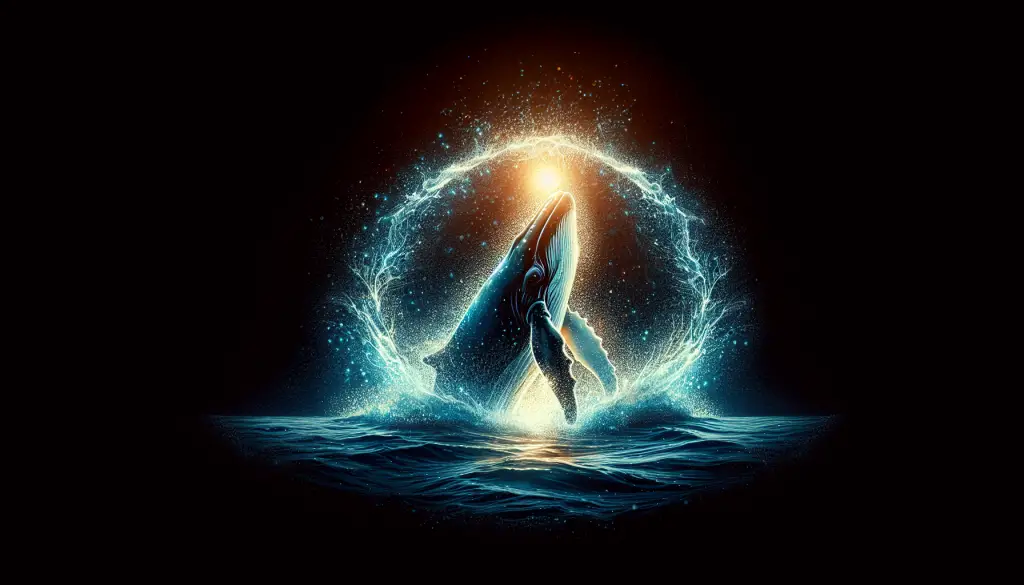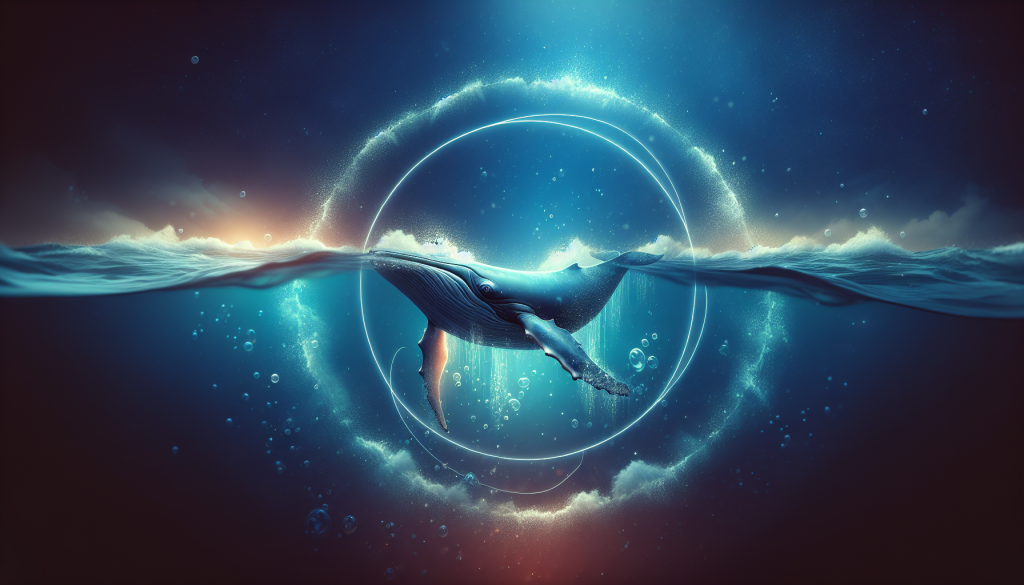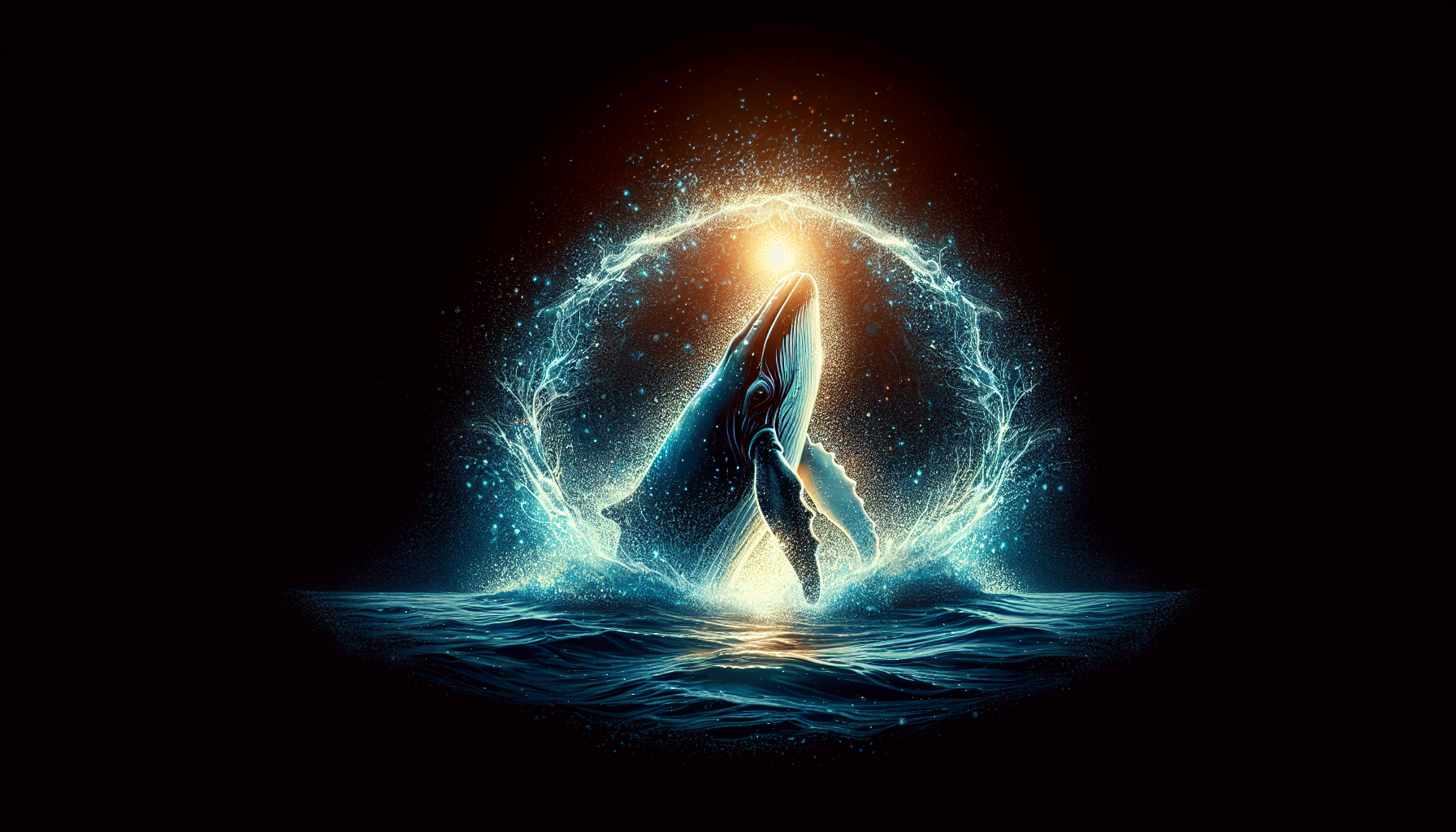Have you ever wondered about the mysterious foam that appears in the ocean? Perhaps you’ve pondered its origins and questioned whether it could be something as unexpected as whale pee. It may sound strange, but this intriguing notion has sparked the curiosity of many. In this article, we will explore the truth behind this peculiar possibility and shed some light on the fascinating world of marine foam. So put on your snorkeling gear and get ready to uncover the truth about the foam in the ocean!

Introduction
Welcome to this comprehensive article about marine foam and its potential connection to whale pee. We will delve into the fascinating world of marine foam, explore the factors that contribute to its formation, and specifically examine the relationship between whale pee and marine foam. Additionally, we will discuss other sources of marine foam and the impacts it has on marine life and coastal ecosystems. Along the way, we will gain a deeper understanding of whale behavior and the role of whale urine in ocean ecosystems. So, prepare to dive into the world of marine foam and discover the truth behind this intriguing phenomenon.
Understanding Marine Foam
What is marine foam?
Marine foam refers to the frothy substance found on the surface of the ocean or along coastlines. It is composed of a mixture of air bubbles and water, often appearing as a white, fluffy mass. The formation of marine foam is a natural occurrence and can be caused by various factors.
Factors contributing to marine foam
There are several factors that contribute to the formation of marine foam. Aggregations of phytoplankton and algae, organic matter decomposition, and human activities are some of the key factors responsible for the presence of marine foam in our oceans. Now, let’s explore whether whale pee plays a role in the formation of marine foam.
Whale Pee and Marine Foam
What is whale pee?
Whales, as majestic creatures of the ocean, have their own unique way of excreting waste. One significant component of whale excretion is urine, often referred to as whale pee. Whale pee is a liquid waste product excreted through the cetacean’s urinary system. It contains various substances that whales eliminate from their bodies.
Can whale pee cause marine foam?
The question arises: can whale pee cause marine foam? While it is an intriguing possibility, scientific research suggests that whale pee alone cannot be solely responsible for the formation of marine foam. Despite the high water content of whale urine, it is unlikely to create foam on its own. Thus, we need to explore other sources to understand the origin of marine foam.
Research on the relationship between whale pee and marine foam
Scientists have conducted research to determine whether there is a significant correlation between whale pee and marine foam. Several studies have been carried out to investigate the chemical and physical properties of whale urine and its potential contribution to the formation of foam. However, the results have not provided conclusive evidence that whale pee is the primary cause of marine foam. As we will explore in the subsequent sections, there are other sources that have a more significant impact on the formation of marine foam.
Other Sources of Marine Foam
Aggregations of phytoplankton and algae
Phytoplankton and algae are microscopic organisms that are abundant in the ocean. Sometimes, these organisms form dense aggregations known as blooms. These blooms can create significant amounts of foam when they break down due to wave action or turbulence in the water. The proteins and other organic matter released from these organisms during their decomposition contribute to the formation of foam.
Organic matter decomposition
The decomposition of organic matter, such as dead plants, animals, and other organic materials, also plays a vital role in the formation of marine foam. As these materials break down, they release various compounds that can generate foam when mixed with water and agitated by waves or currents.
Human activities
Human activities can significantly impact the formation of marine foam. Pollution, particularly from detergents, oils, and other chemical substances, can contaminate coastal waters. These contaminants can contribute to the creation of foam when combined with natural factors such as wave action or the presence of algae blooms.

Impacts of Marine Foam
Effect on marine life
Marine foam can have both positive and negative impacts on marine life. On one hand, it can provide a habitat for certain species of marine organisms, acting as a protective cover or a food source. However, excessive foam can also have detrimental effects on marine life. Thick layers of foam can block sunlight, preventing photosynthesis in underwater plants and impacting the food chain. Additionally, foam can harm marine animals by entangling them or interfering with their ability to breathe.
Effect on coastal ecosystems
Coastal ecosystems are particularly vulnerable to the impacts of marine foam. Foam can accumulate along coastlines, altering the distribution of sand and other sediments. This can disrupt the natural balance of beach ecosystems, affecting the breeding grounds of marine animals and the overall health of coastal habitats. Foam can also pose a threat to tourism and recreation, creating a negative aesthetic impact on popular beach destinations.
Understanding Whale Behavior
Whale feeding habits
To understand the role of whale pee in the ocean, it is essential to explore whale behavior, specifically their feeding habits. Whales are filter feeders or predators that consume vast amounts of small organisms, such as krill and plankton, in a single gulp. They use baleen plates or teeth to filter out water and trap their prey.
Whale excretion process
Whales excrete waste through the blowhole located on top of their heads. The process of excreting liquid waste, including urine, is a part of their natural bodily functions. However, the volume and composition of whale urine differ significantly from that of other marine animals due to their high water intake and unique physiological characteristics.
Whale Pee and Its Role in the Ocean
Composition of whale urine
Whale urine is primarily composed of water, as whales consume large amounts to aid in their feeding process. Additionally, it contains various dissolved salts and other waste products eliminated from the whale’s body. While whale urine does contain nitrogenous compounds, which are vital for the health of ocean ecosystems, its overall contribution to the ocean’s nutrient cycle is relatively small compared to other sources.
Importance of whale urine in ocean ecosystems
Although the amount of whale urine released into the ocean may not directly contribute to the formation of marine foam, it plays a crucial role in ocean ecosystems. Whale urine contains important nutrients, such as nitrogen, that can stimulate the growth of phytoplankton and contribute to the overall health of the marine food chain. Additionally, the waste products expelled by whales serve as a source of organic matter, providing sustenance for various marine organisms.
Dispelling the Myth
Scientific evidence against foam being whale pee
Scientific research has provided evidence that challenges the notion of marine foam being primarily composed of whale pee. Studies analyzing the chemical and physical properties of marine foam have indicated that its formation is predominantly linked to other sources, such as phytoplankton blooms and organic matter decomposition. While whale urine may contribute to the overall nutrient content of the ocean, it does not appear to be the primary cause of marine foam.
Alternative explanations for marine foam
As we explored earlier, the formation of marine foam can be attributed to various factors, including phytoplankton and algae aggregations, organic matter decomposition, and human activities. These sources, combined with wave action and other physical processes, are likely to be the primary drivers of marine foam formation. While whale urine may play a role in the ocean’s nutrient cycle, it is not the sole contributor to the creation of foam.
Conclusion
In conclusion, while the idea that the foam in the ocean is primarily whale pee is fascinating, scientific evidence suggests otherwise. Marine foam is a complex phenomenon that is influenced by various factors, including phytoplankton and algae aggregations, organic matter decomposition, and human activities. While whale urine does contain essential nutrients and plays a vital role in ocean ecosystems, it is not the main cause of marine foam. By understanding the multiple sources and impacts of marine foam, we can better protect and preserve our oceans and their fragile ecosystems. So, the next time you encounter marine foam, remember that its origins are far more intriguing than a simple soapy secretion from a majestic whale.

